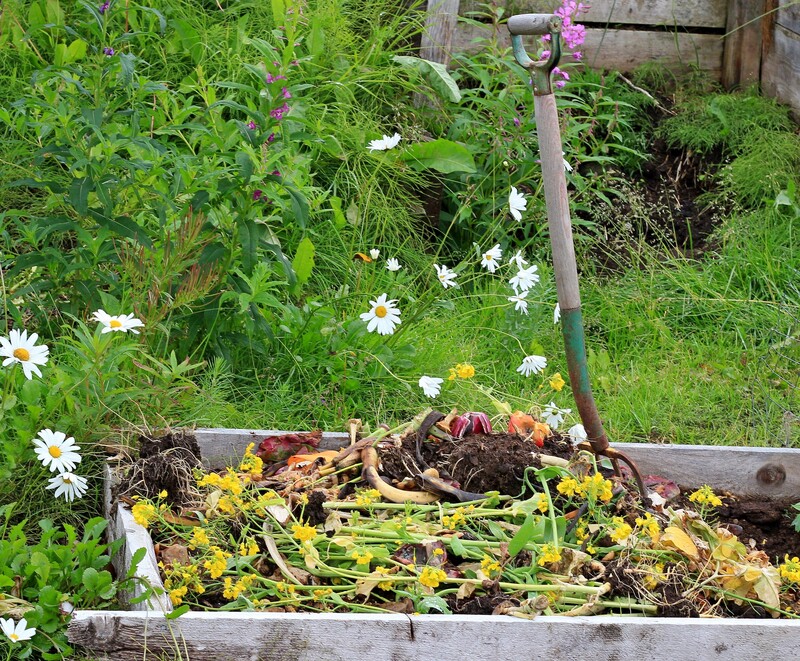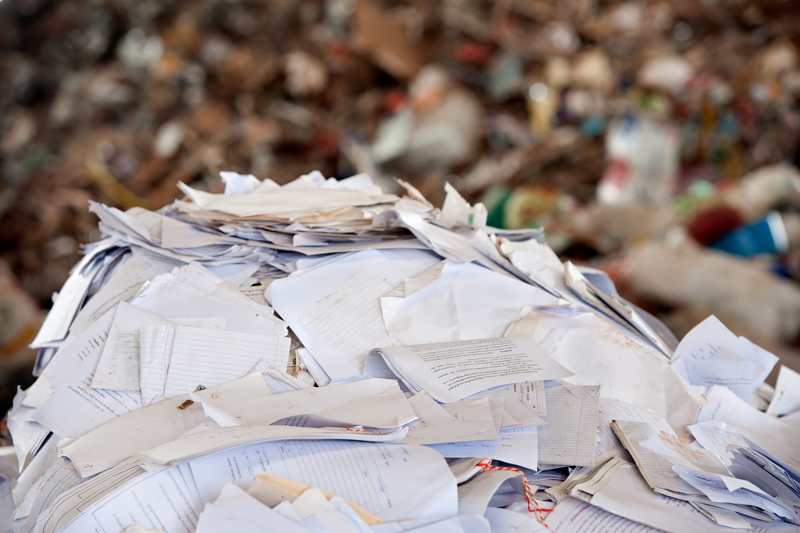How to Prepare Pots and Pans for Responsible Recycling
Recycling old pots and pans is not as straightforward as tossing them in your blue bin. As more people prioritize eco-friendly lifestyles, understanding the best practices for recycling cookware becomes essential. This comprehensive guide will walk you through the entire process, explain why it matters, and offer actionable steps to ensure your pots and pans end up in the right place, minimizing waste while promoting sustainability.
Why Recycle Pots and Pans Responsibly?
Properly disposing of cookware goes beyond clearing out kitchen clutter. Irresponsible disposal of pots and pans can lead to significant environmental consequences. When made with metals like aluminum, stainless steel, or cast iron, pots and pans can actually be recycled into new products, conserving natural resources and reducing landfill waste.
- Conserves resources: Recycling metal saves significant energy compared to mining and refining raw ore.
- Reduces landfill waste: Proper recycling prevents non-biodegradable materials from taking up space in landfills.
- Limits pollution: Recycling mitigates the harmful effects caused by cookware coatings or residues contaminating soil and water.
Responsibly recycling kitchen pots and pans also supports a circular economy and encourages manufacturers to use more recycled materials in future cookware.

What Types of Pots and Pans Can Be Recycled?
_Cookware_ comes in a variety of materials, each with their own recycling protocols. Here are the most common types you may need to recycle:
- Stainless Steel: Highly recyclable and accepted at most scrap yards and recycling facilities.
- Aluminum: Valued for recycling due to its lightweight and high recovery rate.
- Cast Iron: Can be melted down and reused.
- Copper: Frequently recycled, though less common in household cookware.
- Non-stick coated pans(such as Teflon): These need special handling due to the coating.
- Ceramic and Glass: Usually not accepted with standard metals but can sometimes be recycled through specialty programs.
Check with your local recycling center for their specific guidelines, as rules vary by region and facility.
Step-by-Step: How to Prepare Pots and Pans for Recycling
Before dropping your cookware at a recycling center or scrap yard, it's important to prepare them properly. Follow these essential steps for eco-friendly cookware disposal:
1. Clean the Cookware Thoroughly
It's crucial to remove all food scraps, grease, and debris from the pots and pans. Clean surfaces prevent contamination during the recycling process and ensure that the metals retain their value.
- Soak pans in hot, soapy water to loosen residues.
- Use a scrubbing pad for tough stains.
- Rinse and dry thoroughly.
_Tip: If a pan is burnt or stained, use a paste of baking soda and vinegar for extra cleaning power._
2. Remove Non-Metal Parts
Many pots and pans feature plastics, rubber, or wood in their handles and lids. These non-metal components should be removed wherever possible, as they can interfere with the metal recycling process.
- Unscrew or pry off plastic/wood handles.
- Detach any silicone or non-metal accessories.
- Recycle removed items responsibly according to local waste guidelines.
_In some cases, if you're unable to remove certain parts, contact your local recycling facility to see if full products are accepted as-is._
3. Separate by Material
If you have cookware made from different metals, separate similar materials for efficient processing. Some recycling centers require this, while others sort on-site.
- Stainless steel and aluminum should not be mixed together.
- If uncertain about the material, use a magnet: stainless steel is typically magnetic, aluminum is not.
4. Remove Non-Stick Coatings if Possible
Non-stick coatings like Teflon (PTFE) and ceramic can sometimes pose a challenge for recycling facilities. If feasible, remove or scrape away these coatings. Otherwise, check with your local facility about their policy on coated pans.
- Some centers will accept pans with coatings and remove it during processing.
- For pans with extreme wear or degraded coatings, consider disposal as hazardous waste.
5. Check Local Recycling Guidelines
Not all facilities accept the same types of cookware, and many curbside recycling programs do not process pots and pans at all. Here's what to do:
- Look up your municipality's recycling website for specific instructions.
- Contact your local scrap metal recycler for drop-off options.
- Inquire about special household hazardous waste events for non-stick cookware and specialty pots.
6. Donate or Repurpose if Possible Before Recycling
If your pots and pans are still usable, consider alternatives to recycling such as donation or creative repurposing.
- Donate gently used cookware to nonprofits, shelters, schools, or community kitchens.
- Use old pans for gardening, storage, or DIY crafts.
- If donation is not an option, proceed with responsible recycling.
_Donation extends the life of your kitchen items and helps reduce the overall environmental footprint._
Where to Recycle Old Pots and Pans
Finding the right place to recycle your kitchen equipment is a key step in eco-conscious cookware removal. Here's where you can look:
- Scrap metal yards: Most accept clean cookware made from metals like stainless steel, aluminum, or copper. They may even pay you for your scrap weight!
- Specialty recycling centers: Facilities equipped to handle cookware with coatings or mixed materials.
- Community recycling drop-offs: Check for local environmental events or drop-sites organized by municipal governments.
- Retail take-back programs: Some stores or cookware brands offer take-back schemes to encourage responsible recycling.
Can You Recycle Pots and Pans in Your Curbside Bin?
In most areas, pots and pans are not accepted in curbside recycling programs. This is because they can jam sorting machinery or are made from mixed materials that aren't compatible with standard municipal recycling processes.
_Always verify with your service provider before placing cookware in your bin. If in doubt, use a scrap yard or specialized facility._
Responsible Disposal for Non-Recyclable Cookware
Occasionally, you'll encounter cookware that cannot be recycled due to advanced wear, mixed materials, or non-removable coatings. For cookware that cannot be recycled responsibly:
- Check if your local landfill has a separate area for metal items.
- Consult household hazardous waste programs for non-stick pans or items with chemical coatings.
- Consider upcycling the item for another purpose around your home or garden.
Creative Ways to Repurpose Old Pots and Pans
Before tossing that battered skillet or pot, get creative and give it a new lease on life! Repurposing is one of the most sustainable choices.
- Use old pans as planters or garden decor.
- Convert into bird feeders or pet water bowls.
- Turn saucepans into storage bins for tools or craft supplies.
- Transform lids into trays or wall art.
_Repurposing is both eco-friendly and a fun DIY activity for the whole family!_
Frequently Asked Questions About Recycling Pots and Pans
- What should I do with heavily rusted or damaged cookware?
Rusted or damaged metal pots and pans can still be recycled as scrap unless they have hazardous coatings. - Are non-stick pans recyclable?
Most scrap yards accept non-stick pans if the handle is removed. Some facilities may require removal of the non-stick layer. Always ask in advance. - Can glass lids be recycled?
Tempered glass is usually not accepted in curbside programs, but specialty glass recycling may take them. - How do I know if my pan is aluminum or stainless steel?
Hold a magnet near the pan. If it sticks, it's likely stainless steel; if not, it's probably aluminum.

Helpful Tips for Responsible Kitchenware Recycling
- Remove as much non-metal as possible before recycling.
- Bundle similar metals together for easier drop-off and processing.
- Call ahead: Confirm center hours and protocols to avoid confusion.
- Be mindful of hazardous coatings or residues and dispose of accordingly.
- Prefer donation or reuse when possible before resorting to recycling.
Conclusion: Recycling Pots and Pans for a Greener Future
By taking the time to responsibly recycle your pots and pans, you actively contribute to environmental preservation, resource conservation, and a more sustainable kitchen. With a few thoughtful steps -- from thorough cleaning and separating materials to locating the right recycling facility -- you can ensure your old cookware doesn't end up polluting our planet.
Next time you replace your kitchenware, remember: Responsibility doesn't end at the purchase. Proper disposal matters just as much for a truly eco-friendly home!
For a cleaner kitchen and a cleaner world, prepare your pots and pans for responsible recycling today!
